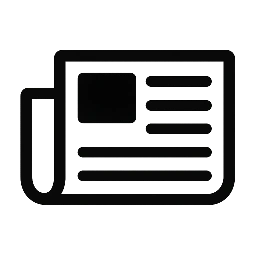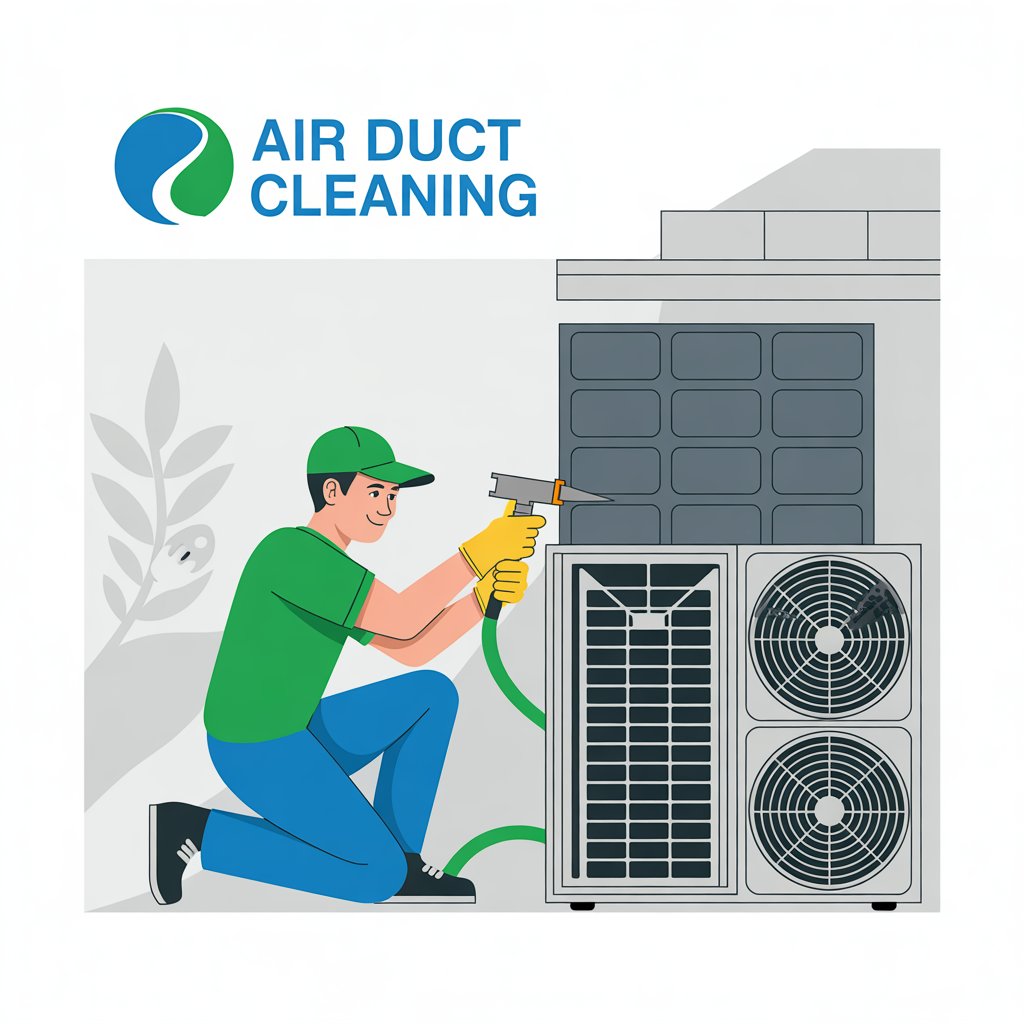Indoor air quality plays a crucial role in overall health, yet it’s often overlooked until visible problems arise. Many property owners wonder if investing in periodic cleaning of their HVAC ductwork is a wise decision. The answer largely depends on factors like air quality concerns, building usage, and system maintenance. Let’s explore whether this service delivers real benefits and whether you should consider scheduling Air Duct Cleaning.
Why It Matters
Air ducts circulate air throughout homes and commercial spaces. Over time, dust, pollen, mold spores, and even pests can accumulate inside the ductwork. When these contaminants circulate, they can aggravate allergies, trigger asthma symptoms, and reduce HVAC efficiency. The U.S. Environmental Protection Agency (EPA) notes that while air ducts don’t always need routine cleaning, targeted cleaning can be beneficial in cases of visible mold, vermin infestation, or excessive dust buildup that clogs components. A clean duct system helps maintain healthier air and optimal system performance, which in turn supports energy efficiency.
Common Problems
Dirty ducts can lead to more than just poor indoor air quality. Common issues include musty odors from mold growth, reduced airflow due to blockages, higher utility bills from system inefficiency, and potential respiratory problems in sensitive individuals. Businesses may also face compliance issues with workplace air quality regulations if ducts are not maintained. In severe cases, accumulated debris can damage HVAC components, leading to expensive repairs. Addressing these problems promptly is key to protecting both the system and occupants’ health.
Key Features
A thorough duct cleaning service should include:
- Inspection of ductwork for contamination and damage
- Use of specialized brushes and high-powered vacuums to remove debris
- Cleaning of registers, grilles, and diffusers
- Sanitization to reduce microbial growth
- Verification that all debris is removed and airflow is unobstructed
Industry professionals often follow NADCA (National Air Duct Cleaners Association) standards to ensure that the cleaning process is both safe and effective. Choosing a provider that adheres to these standards ensures quality and consistency. For example, companies that follow the same rigorous approach as those used in professional chimney liner installations often provide more reliable and lasting results.
Steps & Safety
A standard cleaning process involves several stages:
- Inspection – Identifying problem areas and contamination levels.
- System Protection – Covering furniture and sealing vents to prevent mess.
- Debris Removal – Using rotary brushes and negative air pressure vacuums.
- Sanitization – Applying EPA-approved disinfectants when necessary.
- Final Testing – Ensuring airflow and system performance meet requirements.
Safety is critical. Technicians should wear protective gear, use HEPA-filtered vacuums, and follow industry-approved procedures. Homeowners should avoid DIY methods because improper handling can damage ductwork or spread contaminants. For the best results, it’s important to hire Professional Air Duct Cleaning providers who have proper equipment, insurance, and training—similar to the vetting process discussed in finding trusted pellet stove repair technicians.
Cost Breakdown
The cost of air duct cleaning can vary depending on the size of the property, complexity of the duct system, and the extent of contamination. Below is a general pricing guide:
| Property Type | Average Price Range | Notes |
| Small Apartment | $200 – $350 | Fewer vents, simple layout |
| Single-Family Home | $350 – $600 | Includes all vents and returns |
| Large Home | $600 – $1,000+ | Complex duct systems |
| Commercial Space | $0.20 – $0.50 per sq. ft. | Based on system design |
Disclaimer: Prices vary by location, company, and service scope. Additional costs may apply for mold remediation, pest removal, or advanced sanitization.
FAQs
Q: How often should ducts be cleaned?
A: Generally, every 3–5 years, or sooner if you notice visible mold, pests, or excessive dust.
Q: Can air duct cleaning lower energy bills?
A: Yes, by improving airflow and reducing strain on the HVAC system.
Q: Is the process noisy or disruptive?
A: It can be moderately noisy, but most residential jobs are completed in a few hours.
Q: Does cleaning remove mold permanently?
A: No, mold can return if moisture issues aren’t resolved. Cleaning should be paired with humidity control measures.
Key Features
The most reputable duct cleaning companies will:
- Conduct pre- and post-service inspections with video or photographic proof
- Use industry-approved equipment and sanitizers
- Provide transparent, itemized quotes
- Maintain full liability insurance and proper licensing
- Offer service warranties where applicable
According to HVAC consultant Richard Malone, “Air duct cleaning, when done correctly, is an investment in both health and equipment longevity. It’s not about how often it’s done, but how well it’s done.” This is similar to the approach outlined in professional inspection guides where careful evaluation ensures the most effective work.
Conclusion
Air duct cleaning can be worth the investment when performed by experienced professionals and when targeted to specific contamination issues. It improves indoor air quality, supports HVAC efficiency, and can reduce potential health risks. While not always necessary on a strict schedule, it becomes essential after water damage, pest infestation, or heavy dust accumulation. To protect your property and well-being, partner with a certified provider who follows industry best practices—just as you would when selecting a trusted chimney liner service in Minneapolis or a reputable HVAC contractor. In the right circumstances, the benefits clearly outweigh the costs.

